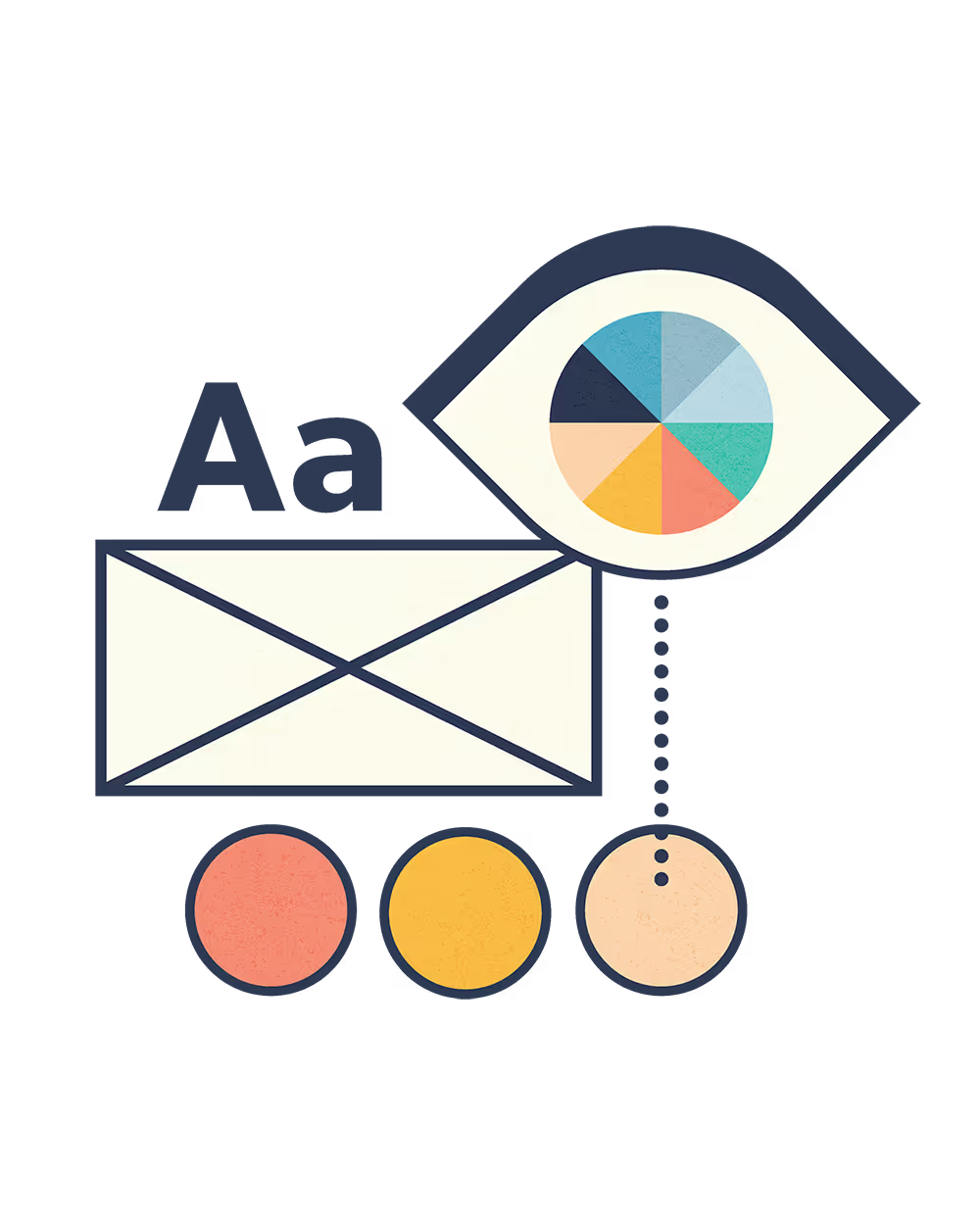Most small business owners think email marketing just means sending newsletters—but a true email campaign is something different. It’s a short, focused sequence of emails (usually 3–7 total) that’s designed to lead a subscriber toward a specific action, like making a purchase, booking a call, or signing up for an event. Enji breaks this down into a clear, repeatable framework.
Here’s what an effective email campaign includes:
- Campaign Goal: Every campaign starts with one clear goal—what action do you want someone to take by the end?
- Story Arc: You’re not just repeating the offer—you’re guiding someone through a mini journey. Think of it like a good story: it starts with empathy, builds trust, and ends with a confident invitation.
- Campaign Structure: Most campaigns include:
- Email 1: Hook + empathy (why this matters)
- Email 2–3: Education + value (what they need to know)
- Email 4: Offer introduction + solution
- Email 5: Social proof + success story
- Email 6–7: Final nudge + urgency if applicable
- Design + Format: Use simple, branded layouts. Lead with strong subject lines (35 characters or fewer), bold headlines, and one clear CTA per email.
- Timing: Send 1 email every 1–3 days. Enough to build momentum without overwhelming your audience.
Enji helps small business owners plan and build email campaigns that follow this structure. So instead of guessing what to send next, you’ve got a full sequence mapped out from start to finish. Email campaigns work best when they feel natural, intentional, and built around your audience’s needs—not just your own timeline.



